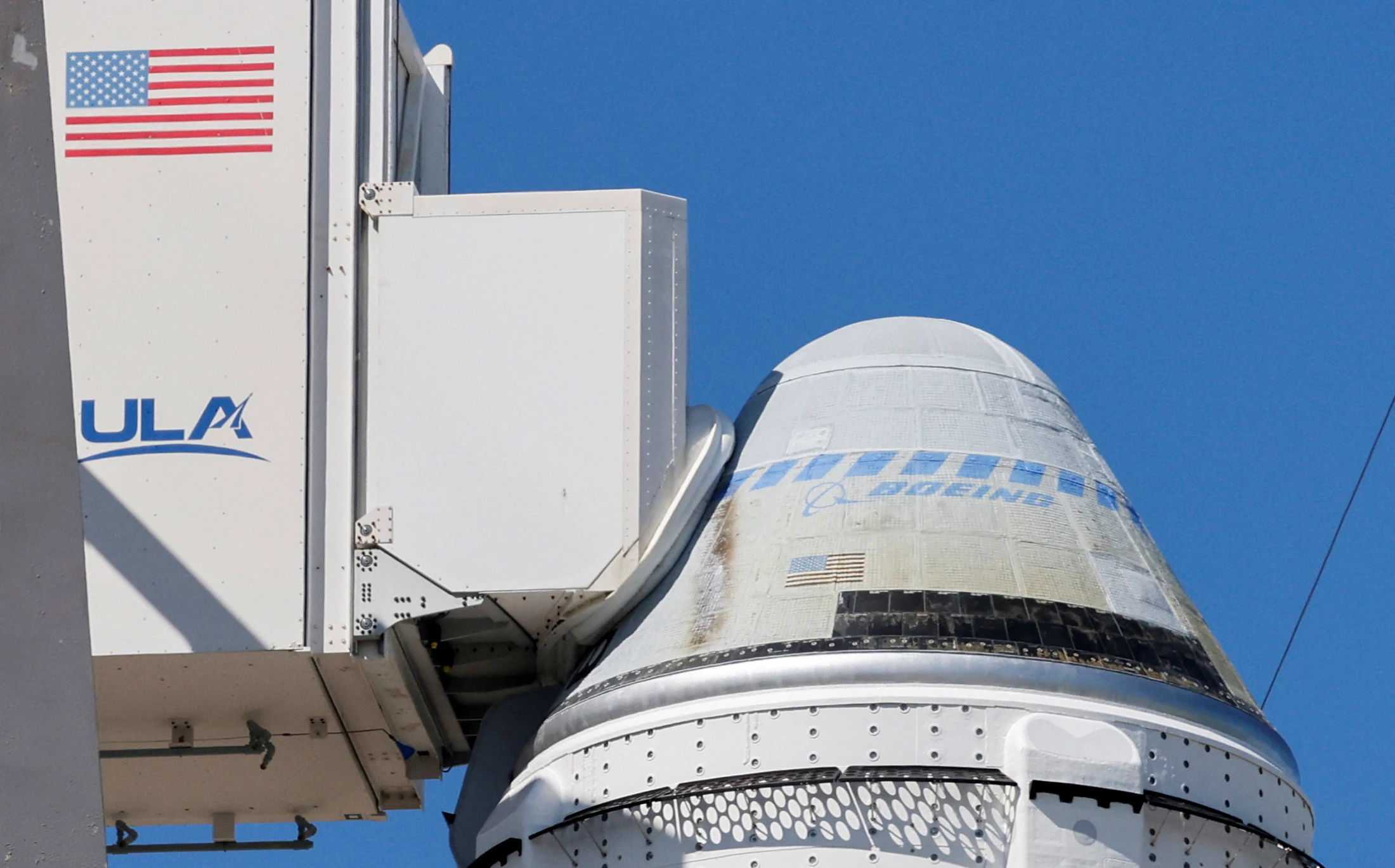Boeing Starliner's crewed launch abruptly halted, once again

Stay tuned with 24 News HD Android App

Boeing's second attempt at launching a crew aboard its troubled Starliner spaceship was dramatically aborted Saturday with just minutes left on the countdown clock, yet another setback for a program that has faced years of delays.
With the astronauts strapped in and ready for liftoff, the test mission to the International Space Station was unexpectedly halted due to reasons that aren't yet clear -- closely mirroring events of just weeks prior.
United Launch Alliance, responsible for the Atlas V rocket that Starliner sits atop, are now investigating why an "automatic hold" was triggered by its computer with three minutes and 50 seconds to go before launch.
NASA astronauts Butch Wilmore and Suni Williams smiled and looked upbeat after they were removed from the capsule and were taken back to crew quarters.
Mission commander Wilmore had earlier given a short but rousing speech, telling tens of thousands of people tuning into the live feed that "It's a great day to be proud of your nation."
The former US Navy test pilots, who each have two spaceflights under their belts, were previously called back to quarantine hours before a launch attempt on May 6 due to a faulty valve on the rocket.
A backup date is available for Sunday at 12:03 pm (1603 GMT), but it's not certain if that will happen.
Starliner was poised to become just the sixth type of US-built spaceship to fly NASA astronauts, following the Mercury, Gemini and Apollo programs in the 1960s and 1970s, the Space Shuttle from 1981 to 2011, and SpaceX's Crew Dragon from 2020.
Vital test
NASA is looking to certify Boeing as a second commercial operator to ferry crews to the ISS -- something Elon Musk's SpaceX has already been doing for the US space agency for four years.
Both companies received multibillion-dollar contracts in 2014 to develop their gumdrop-shaped, autonomously piloted crew capsules, following the end of the Space Shuttle program in 2011 that left the US temporarily reliant on Russian rockets for rides.
Boeing, with its 100-year history, was heavily favored over its then-upstart competitor, but its program fell badly behind amid embarrassing setbacks that mirrored the myriad problems afflicting its commercial airline division.
These ranged from a software bug that put the spaceship on a bad trajectory on its first uncrewed test, to the discovery that the cabin was filled with flammable electrical tape after the second.
While teams worked to replace the faulty rocket valve that postponed the previous launch attempt, a small helium leak located in one of Starliner's thrusters came to light.
But rather than replace the seal, which would require taking the spaceship apart in its factory, NASA and Boeing officials declared it safe enough to fly as is.
Manual flying
When they do fly, Wilmore and Williams will be tasked with putting Starliner through the wringer, including taking manual control of the spacecraft.
Starliner is set to dock with the ISS for eight days as the crew carry out tests, including simulating whether the ship can be used as a safe haven in the event there is a problem on the orbital outpost.
After undocking, it will re-enter the atmosphere and carry out a parachute and airbag-assisted landing in the western United States.
A successful mission would offer Boeing a much-needed reprieve from the intense safety concerns surrounding its 737 MAX passenger jets.
It's also important for more immediate reasons.
The Urine Processor Assembly on the ISS, which recycles water from astronauts' urine, suffered a failure this week and its pump needs to be replaced, with Starliner charged with bringing up the spare part.
